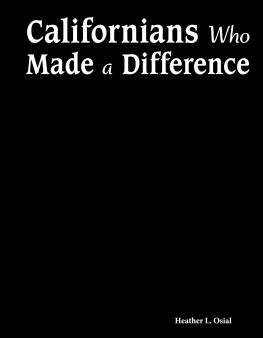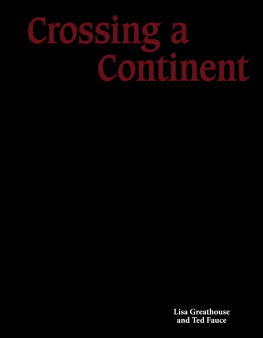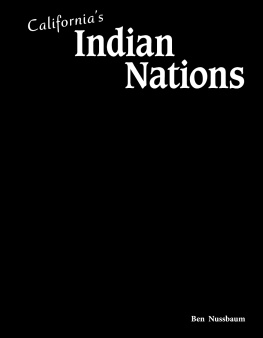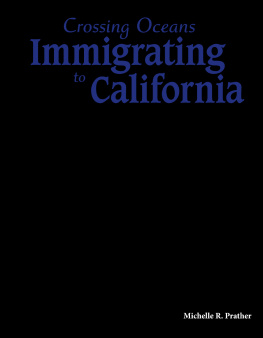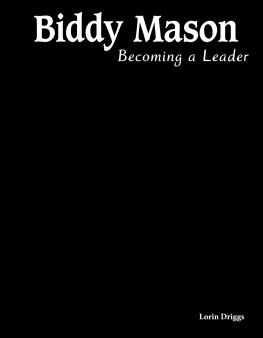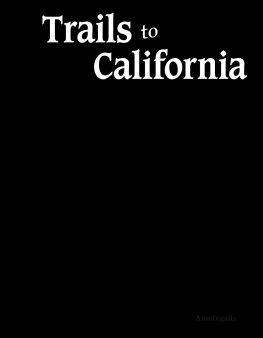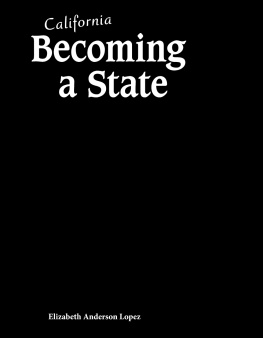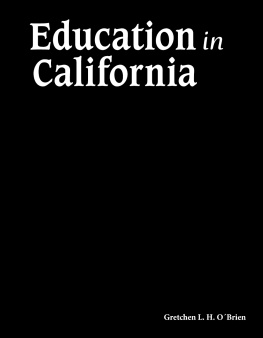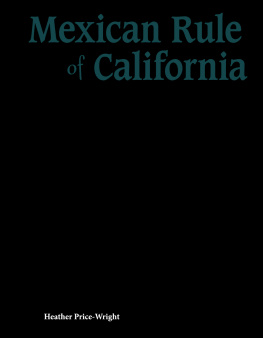Honoring Huerta The Medal of Freedom is the top honor a civilian can receive. In 2012, former President Barack Obama gave Huerta this medal. In her speech, Huerta said that change only happens when people work as one. She said it is up to all of us to fix things we know are wrong. Huerta (center) leads a rally. Teacher and Activist Dolores Huerta also fought for workers' rights. Her fight began after she graduated from Stockton College. She started working as a teacher. Every day, she saw the barefoot children of farm workers come into her class. They were hungry and tired. Huerta thought it was up to her to help these families. She left teaching and began her life as an activist. In the late 1950s, Huerta met Chavez. They agreed on many things. In 1962, the two formed the National Farm Workers Association (NFWA). Huerta and Chavez wanted to improve working conditions for all farm workers. They spoke up to make sure workers had clean water to drink and breaks during the day.1010page0010page0010.xhtmlMany people treated Huerta poorly because of her ethnicity. Others did not want to listen to her because she was a woman. But she never let that stop her. Huerta kept fighting. She played a key role in earning equal rights for women and farm workers. Huerta has earned many awards. In 1993, she was added to the National Women's Hall of Fame. Huerta still fights for equal rights.
Rallying Cry S, se puede! is Spanish for "Yes, it can be done. " This is the motto of the United Farm Workers (UFW). In 2008, the saying was used in a new way. When Barack Obama ran for his first term as president, many of his supporters chanted, "Yes, we can! " at his rallies. They thought that he gave a voice to people who felt powerless. Farm workers rally for higher wages.1111page0011page0011.xhtmlLeading the Way Larry Itliong was 15 when he left his home in the Philippines. He moved around the United States as he canned fish and picked lettuce. Soon, he moved to California to pick grapes. From there, he would change the course of history. After years of low pay and poor working conditions, Itliong knew it was time for a change. In 1965, he planned a strike. Itliong led hundreds of grape workers out of the fields. He asked Chavez to join his strike. Chavez agreed. Across the country, people saw what the grape workers were doing. Millions of people stopped buying grapes. After five years, Itliong and Chavez won. Workers received better pay, health benefits, and safer working conditions. After the grape strike, the two men and Huerta formed the UFW. This group still fights for equal rights.
"Seven Fingers" While working in Alaska, Itliong earned a new nickname "Seven Fingers. " It came about after he chopped off three of his fingers while canning fish. He had been forced to work in dangerous conditions. Itliong knew he had to force change. He formed a union, which fought for a safer workplace. People soon saw Itliong as someone who would not back down from a fight.1212page0012page0012.xhtmlPhilippines United States Rise to the Top When Itliong came to the United States, things were very different from his country. He had never lived in a home with electricity before. He had never even slept in a bed! Itliong was in a state of culture shock. But, he soon learned to speak four languages. He watched trials to learn U.S. law. Itliong used these skills to organize workers and fight for equality. Rise to the Top People hold signs that say "strike" in Spanish to urge grape workers to stop working.1313page0013page0013.xhtmlDoing Their Part through Art In California, art and artists have always thrived. Ansel Adams showed the beauty of nature. Dorothea Lange and Amy Tan told the truth, even when it was not what people wanted to see. They helped to shape the state's art culture. A Voice for the Wild Ansel Adams began taking pictures at a young age. He did not fit in at school. Adams found it tough to learn and make friends. Instead, he found joy from long walks in nature. On those walks, he took many pictures. As Adams grew older, he saw the threat that many natural sites were facing. He thought if people could see the beauty that he saw, they would help him save it. Adams became famous for his pictures of Yosemite National Park. The photos were featured in galleries and museums around the world. His work helped save thousands of acres of land that would have otherwise been destroyed.1414page0014page0014.xhtmlAdams took many amazing photographs in Yosemite National Park. Muir's Prophecy In 1892, John Muir formed the Sierra Clu b. The club focuses on protecting nature. Y ears later, he went to Yosemite. Caught by its beauty, Muir cried, "Won't it be wonderf ul when a million people can see what we a re seeing here today? " Muir would turn ou t to be right. Today, Yosemite welcomes about four million guests per year.1515page0015page0015.xhtmlThe Truth of the Lens Dorothea Lange lived in San Francisco when the Great Depression hit. Before that, she had a nice life. As a young girl, Lange traveled the world. She paid for her trip by selling her photos. But now, poor, hungry people surrounded her. Lange started taking photos of struggling families. She thought her photos might be able to help them. Her photos soon made her famous. In 1936, Lange snapped a photo of a family. She named it Migrant Mother. It would become her most famous work. It shows a mother and her three hungry children. The destruction of the Great Depression is evident in this picture. When Lange died in 1965, people mourned the loss of a great woman. Her photos let the world see the ugly truths around them. Today, people call Lange one of the best documentary photographers of all time.

